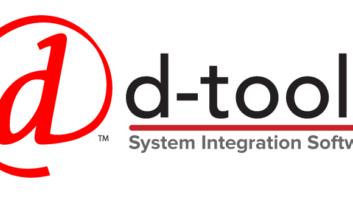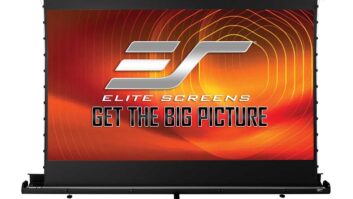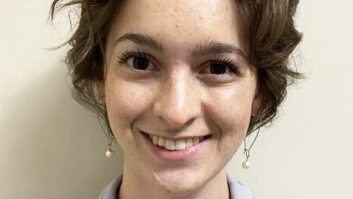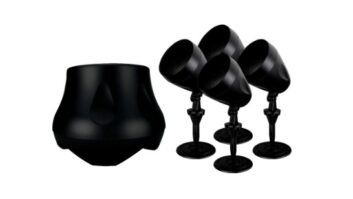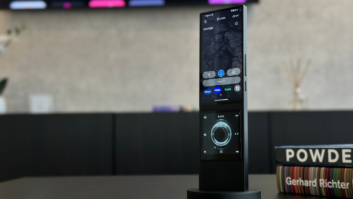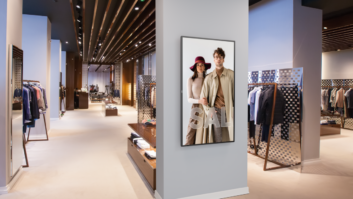Melville, N.Y. – Nikon introduced Wednesday a new step-up from its popular D90 consumer DX d-SLR, carrying a range of advanced features previously not seen outside some of its full-frame professional models.
The D7000, which will be available in October at a $1,200 estimated retail for the body alone, or $1,500 for a kit with an 18-105mm f/3.5 AF-S DX Nikkor ED zoom lens, was engineered for durability and functionality, Nikon said.
For now the D7000 will sit between the D90 and D300 pro-sumer models in the line, Nikon said.
The D7000 (shipping in October at a $1,200 expected retail) steps up over its predecessor by offering a new 16.2-megapixel DX CMOS image sensor (up from 12.3 megapixels in the D90), an improved Xpeed 2 image-processing engine, FullHD 1080p video recording with full-time autofocus (up from 720p in the D90), native ISO settings up to 6,400 (3,200 in the D90), and a 2,016-pixel RGB 3D Matrix metering system.
Also added is a 39-point AF system with nine cross-type points (up from 11 points in the D90) with 3D focus tracking, 6 fps burst shooting (up from 4.5 fps in the D90), new auto white-balance system, dual SD memory card slots, top-mounted Active-D lighting control and an optical viewfinder with 100 percent field-of-view accuracy.
Durability has been improved over the D90 as well by using magnesium-alloy top and back structural parts.
The monitor keeps the D90’s bright 3-inch 921,000-dot non-articulating LCD view screen.
“The D7000 d‐SLR creates a new class of Nikon camera by delivering exceptional quality, control and an innovative feature set. This is a camera that enables d‐SLR users to achieve a true expression of their creative vision, while concentrating primarily on image quality above all else,” said Lisa Osorio, Nikon marketing general manager. “When you combine the innovation of the agile D7000 with the exceptional and robust line of Nikkor lenses and accessories, the potential for d‐SLR photographers and filmmakers is limitless.”
The Expeed 2 image‐processing engine combined with 14‐bit analog/digital conversion brings a new level of even tonal gradations while managing color, contrast, exposure and noise, the company said.
Expeed 2 also manages the D7000’s speedy 50‐millisecond shutter response, fast AF speed and 6 fps burst speed for up to 100 images.
Photographers can activate dynamic or single point AF, configurable in combinations of 9-, 21- or 39- or a 21‐point ring to match a variety of shooting styles and situations. 3D tracking, which continuously follows moving subjects within the 39 AF points, also can be activated, highlighting the activated AF point in the viewfinder.
Nikon’s Scene Recognition System analyzes subject information from a database containing more than 30,000 images to optimize focus, exposure and white balance.
The system also interprets scene data for improved control of light metering and i‐TTL flash output.
Additionally, this new sensor allows for a new Ambient white balance setting that can be activated to allow warm rendering in Automatic White Balance.
For low light, the ISO range can be expanded to a Hi‐2 setting of 25,600, which was previously found only in Nikon FX‐format territory. The resolution of the camera renders a pixel size of 4.78 μm, which allows more light to be gathered, resulting in a correctly exposed image that has less noise and finer grain.
While recording FullHD 1080 video, the camera can keep critical focus, by engaging a variety of AF functions, including face priority, to track up to 35 human faces, subject tracking, and normal or wide‐area autofocus.
Once recorded, users are able to edit and trim video clips in the camera to save time in post production. Stereo sound can be recorded utilizing a mic input accommodating a wireless or hot-shoe-mounted microphone.
To further simplify movie shooting, Live View is activated by a single dedicated switch, and HD video recording begins by pressing a single button. An HDMI-CEC port is included, enabling a connection to an HDTV with camera and TV playback handled by a single remote.
The D7000’s twin SD card slots accept SD, SDHC and SDXC memory cards with recording options, including designating separate NEF (RAW) JPEG and movie files.
As a possible accessory to the D7000 and other Nikon d-SLRs, the company introduced a pair of Nikkor lenses, including the AF-S Nikkor 35mm f/1.4G ($1,799 expected retail) for FX and DX camera bodies. It features a fast aperture and aspherical lens elements.
Also introduced was the 200mm f/2G ED VRII primary lens ($6,000 expected retail).
Nikon also announced the SB-700 SpeedLite (shipping in November at a $330 expected retail), which will serve as a replacement to the company’s highly popular SB-600. The new flash features a 24-135mm range, new easy-to use color gel system and an improved 3-second recycle time.




